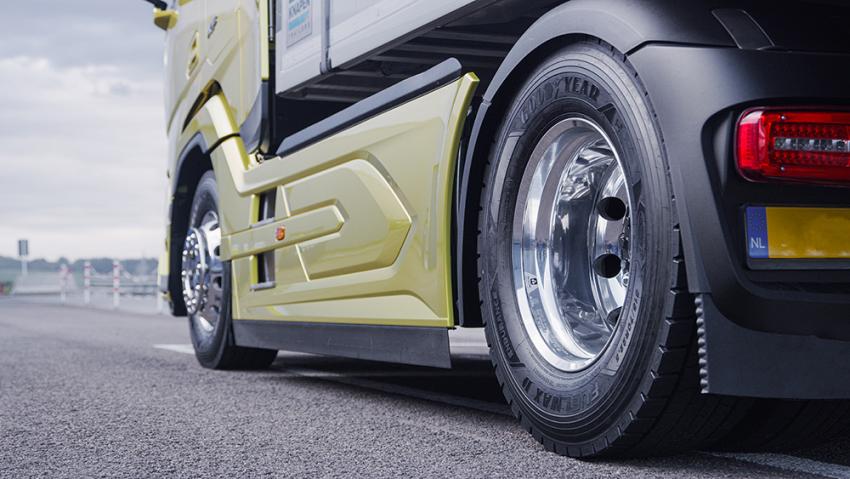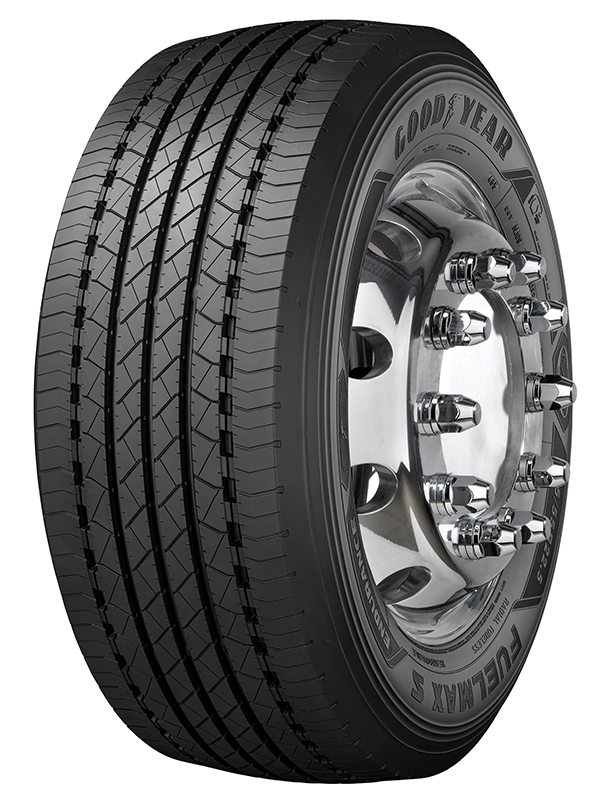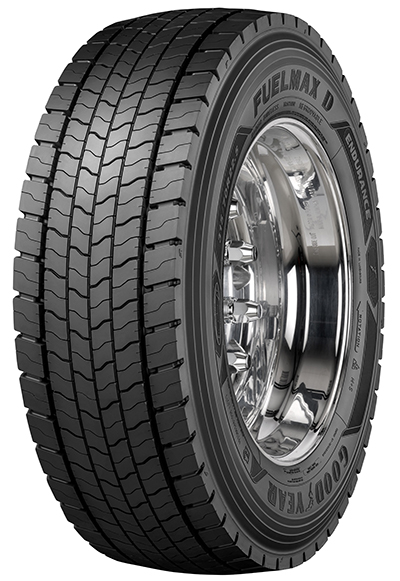High performance tires, persistent success
Among all the tire sectors for automobiles high performance tires have experienced a relentless growth in recent years and could soon surpass regular tires in sales

Sustainability: the idea has been around for years, and for many companies this has never been anything more than an abstract concept; however, as a result of the ambitious environmental goals set by Europe, the noose is now starting to tighten, even for the trucking industry. In fact, in December 2019, the European Commission introduced the European Green Deal, which aims to make Europe the first climate-neutral continent by 2050 and includes an important headline target of reducing net greenhouse gas emissions by at least 55% by 2030, compared to 1990 levels. Specifically, for the transport sector, European guidelines state that CO2 emissions from newly manufactured commercial vehicles will need to be reduced by 15% from 2025 and even double that, -30%, from 2030, compared to 2019-20. In such a demanding scenario, all players involved in the mobility industry will have to make the maximum effort to reduce emissions, and tires can and must play an important role.
Real solutions to promote sustainability
With its new Fuelmax Endurance range, Goodyear aims to offer fleet managers a concrete solution to reduce their environmental impact: this is a range of steering and drive axle tires designed for both hauliers and logistics companies operating on motorways and secondary or national roads, or so-called interregional applications, and which has obtained a class B on the European labelling system for fuel consumption. The range covers a wide variety of applications, and according to Goodyear it will aid in further reducing the emission levels of new heavy-duty vehicles by an average of 2 percent more than a tire like the Goodyear Kmax Gen-2, which has a C rating in terms of fuel efficiency. However, Goodyear's goal is not only to improve the fuel efficiency of the already well-known Fuelmax, but also to extend its efficiency well beyond motorways, so it was necessary to work on other aspects, typically opposed to low rolling resistance, such as robustness and mileage. The new range stands out on the market as a versatile product, capable of simplifying the choice for fleet managers looking for cost and fuel efficiency, since they are no longer bound by the type of road on which they normally operate.
The main technological challenges
 In defining the new standards, Goodyear engineers focused on overcoming three conflicting areas in order to ensure fuel efficiency and low emissions: mileage, traction and versatility. A first area of development involved compounds: for both steering and traction tires, we find a low hysteresis tread compound, which guarantees good performance from the word go to reduce heat build-up caused by load forces and is designed to maximize fuel efficiency and resistance to abrasion. Some of these tires also feature an optimized sidewall compound to help reduce emissions and fuel consumption further by reducing sidewall deformation on highways and secondary routes. A number of technical solutions characterize Goodyear’s Fuelmax S Endurance steering tire, starting with the popular IntelliMax Rib Technology, which is used on larger sizes along with an optimized design of ribs and grooves across the width of the tire. Basically, the robust and wide shoulder ribs support each other creating a stiffer tread pattern on the shoulder, thus reducing wear during regional services.
In defining the new standards, Goodyear engineers focused on overcoming three conflicting areas in order to ensure fuel efficiency and low emissions: mileage, traction and versatility. A first area of development involved compounds: for both steering and traction tires, we find a low hysteresis tread compound, which guarantees good performance from the word go to reduce heat build-up caused by load forces and is designed to maximize fuel efficiency and resistance to abrasion. Some of these tires also feature an optimized sidewall compound to help reduce emissions and fuel consumption further by reducing sidewall deformation on highways and secondary routes. A number of technical solutions characterize Goodyear’s Fuelmax S Endurance steering tire, starting with the popular IntelliMax Rib Technology, which is used on larger sizes along with an optimized design of ribs and grooves across the width of the tire. Basically, the robust and wide shoulder ribs support each other creating a stiffer tread pattern on the shoulder, thus reducing wear during regional services.
On the Fuelmax S we also find a greater volume of wearable rubber, thanks to the high solid-to-void ratio in the tread pattern and, for some sizes, a tread 1.2 mm deeper than the Fuelmax S Gen-2. This results in higher mileage as well as greater traction at the end of the tire's life cycle, while the large footprint limits tread movement and maintains low rolling resistance. On the other hand, Goodyear Fuelmax D Endurance for drive axle, in addition to undergoing a specific curing process to further optimize rolling resistance, features a special directional tread pattern with a high number of deep sipes, deep centre grooves and edges to improve traction and evacuate water more effectively. The many sipes and grooves create a multitude of edges able to “bite” into the road, even during the last stage of the tire's life cycle, which proves crucial when tackling secondary roads, especially in slippery conditions. Ball bottom grooves open when worn and create new traction structures to provide end-of-life traction, even when the tire has reached 75% wear. Stiffeners in shoulder ribs stabilize the tread blocks and increase lateral stability. The combination of these solutions results in greater traction, lower noise, even wear and even pressure along the footprint, greater resistance to damage and increased mileage potential on interregional routes.
 The Fuelmax D Endurance is also available as TreadMax moldcure retread, which saves resources and energy compared to a new tire and provides the same performance at a significantly lower price. Common features right across the range are the 3PMSF marking, the European B rating for fuel consumption, and the presence of RFID chips integrated inside the tires, which allow easy identification and connectivity with tire tracking and management systems. In fact, thanks to an RFID reader, tires can communicate with a cloud network using their individual serial number, allowing for more efficient management of the tire information flow. It is also a useful tool for theft prevention as these tires can be easily tracked.
The Fuelmax D Endurance is also available as TreadMax moldcure retread, which saves resources and energy compared to a new tire and provides the same performance at a significantly lower price. Common features right across the range are the 3PMSF marking, the European B rating for fuel consumption, and the presence of RFID chips integrated inside the tires, which allow easy identification and connectivity with tire tracking and management systems. In fact, thanks to an RFID reader, tires can communicate with a cloud network using their individual serial number, allowing for more efficient management of the tire information flow. It is also a useful tool for theft prevention as these tires can be easily tracked.
Among all the tire sectors for automobiles high performance tires have experienced a relentless growth in recent years and could soon surpass regular tires in sales
The RH-4A+ is an OTR tire designed for large vehicles while the Kmax T Gen-2 is intended for long distance transport fleets
The e-commerce segment is expanding rapidly and door-to-door deliveries needs to adapt to rapid changes: Goodyear supports logistics businesses and seeks to cater for their needs and requirements.
